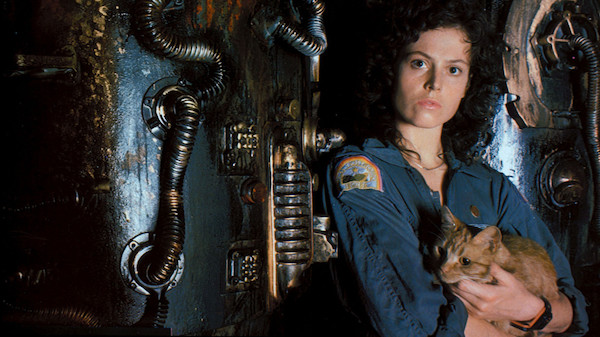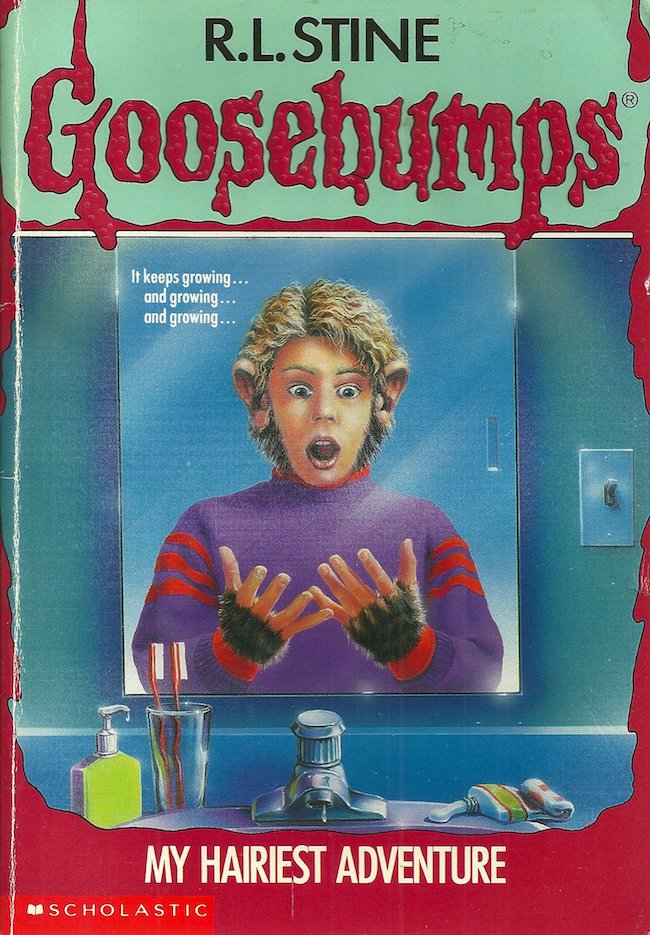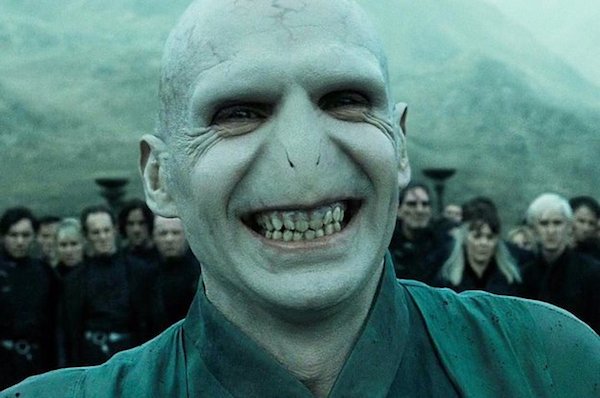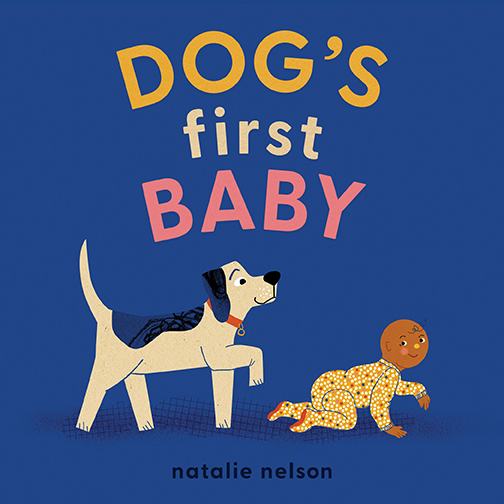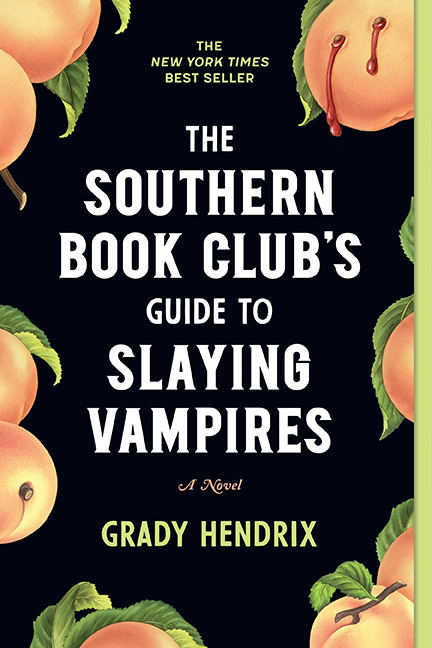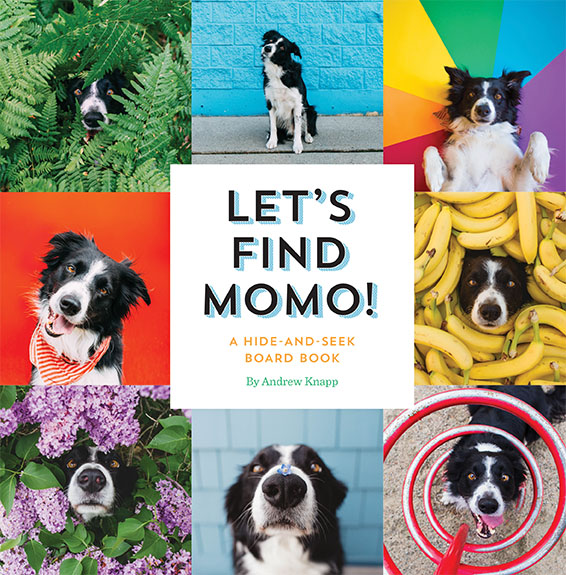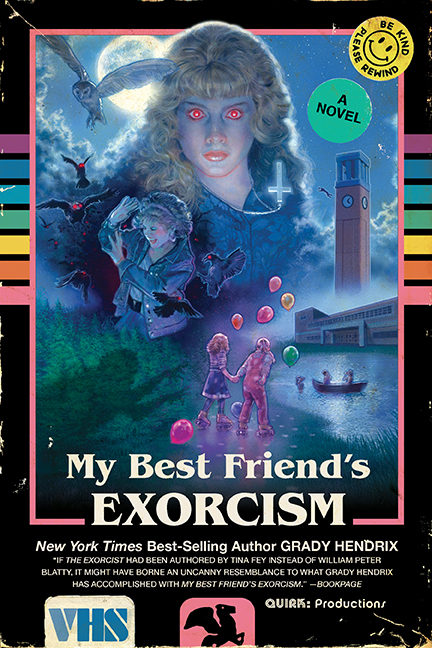Our Blog
Lando Calrissian and Other Characters With Nine Lives
This month’s release of Solo: A Star Wars Story has a lot of people excited to see the posthumous return of Han Solo. But if you’ve been paying attention to social media, you know there’s a solid chance that ticket sales will equally be driven by Donald Glover’s portrayal of Lando Calrissian. And with good reason. With the flash of a single, mischievous smile, we’re reminded of exactly what makes this character great: the enigmatic man with a perpetual ace up his sleeve. This roguish quality has led to novels, comics, video games, and more. And in each of them, Lando narrowly escapes danger to see another day, truly cashing in on each of his nine lives. And that’s exactly what makes him the perfect inspiration for this post and a leader to those that followed in his steps: absolute heroes that absolutely should be dead by now.
Posted by J. B. Kish
Hero’s Journey: Jonesy, the Real Protagonist of Alien
Joseph Campbell's Monomyth is an invaluable storytelling structure. It’s responsible for some of the most famous stories of our time: Star Wars, Lord of the Rings, Goonies—the list goes on. But more importantly, the monomyth is a critical investigative tool. Using Campbell’s 12 Stages of The Hero's Journey, we can actually uncover important truths about some of our favorite stories.
For example, most people think that Ellen Ripley was the main character of the 1979 classic sci-fi film, Alien. In fact, nothing could be further from the truth. By holding the film up against the monomyth structure, one can easily see that Alien’s real hero was hiding right under our noses.
Posted by J. B. Kish
Goosebumps Titles That Perfectly Summarize Puberty and Adolescence
R. L. Stine was a man ahead of his time. In the early ‘90s, he started a children’s horror series that would go on to sell over 400 billion copies worldwide. His success was largely due to an impressive ability to connect with children: the cover art alone was like visual candy (credit Tim Jacobus). The first chapter reeled us in with something relatable (sibling rivalry). And the next thing we knew, we were under the covers, frantically hoping Carly Beth could escape the Halloween mask before it was stuck on her forever (The Haunted Mask, 1993).
There was one other aspect of Stine’s formula that was critical to his success: the titles. By his own admission, this was the first thing he’d come up with before starting a new book. And while most of them seem pretty silly, a strange pattern reveals itself once you review them as a whole. Stine wasn’t just writing horror for kids. He was writing about the horror of being a kid. In fact, most of his titles perfectly summarize the single most terrifying thing his readers were going through at that time: puberty.
Posted by J. B. Kish
Kiss, Marry, Kill: Literary Villains
Kiss, Marry, Kill is a game that's inherently weighted in the wrong direction. In it, pajama-clad contestants take turns naming celebrities, cuties, and other beings chiseled from Greek stone before deciding who they would kiss, marry, or wipe off the face of the Earth. That means 33.33% of the time, you’re making a horrific decision, and 66.6% of the time you’re being completely selfish. But what would happen if the lineup of contestants were more, let’s say, morally repugnant? That would invert things, meaning you'd need to take one for the team twice before doing humanity a solid—which makes Kiss, Marry, Kill: Literary Villains far, far more interesting a proposal.
This round: Sauron, Nagini, and Hook. Who would you kiss, marry, or kill?
Posted by J. B. Kish
Last Meals of Famous Literary Characters
Source: Free-Photos from Pixabay.
Let’s face it, even the best of us have a dark side. The same goes for some of our most beloved literary heroes (some a little more than others). Whether their antics finally caught up with them, or there was simply nowhere left to run, an alternate universe exists in which these characters were apprehended, locked up, and sentenced for their crimes within literature. At least we can take comfort in knowing they got to request their own last meals before signing off.
Posted by J. B. Kish

